
Английский. Метода. / Зайцева, Бух
.pdf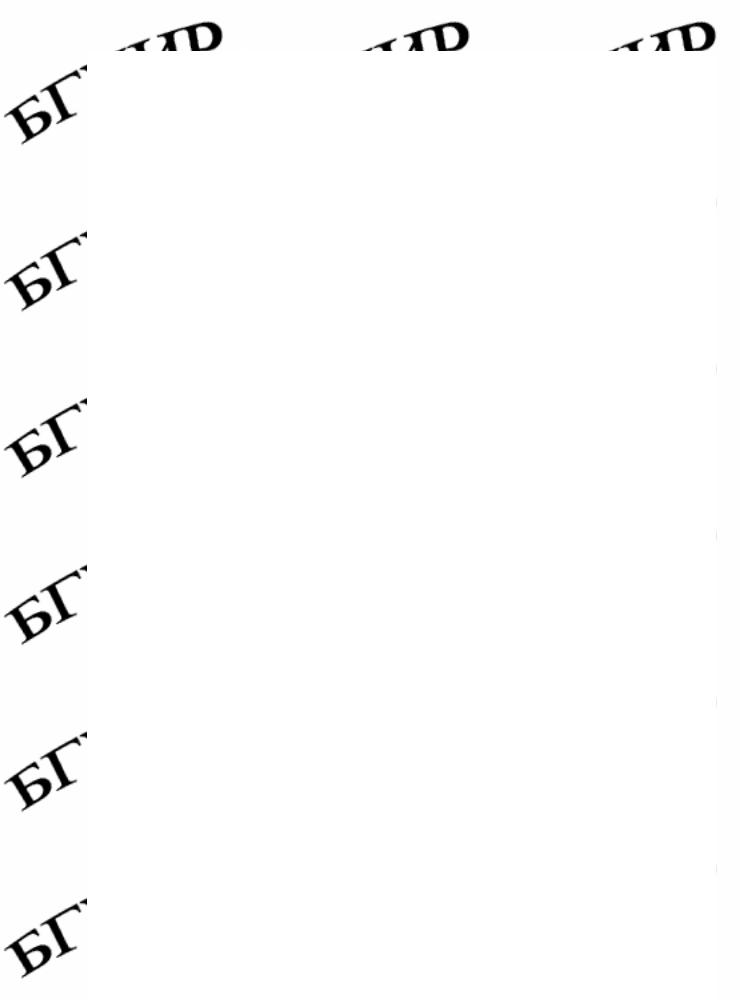
more memory space.
Currently,55 almost all man-machine interaction takes place through typed input and output. Superficially,56 at least, it is this mode that human communication needs.
However, this type of man-machine communication is rapidly becoming outmoded57 by a generation of powerful personal computers. These machines are intended58 for dedicated use by a single individual and feature an integral high-resolution, bit-map, graphics display with a pointing device, as well as a conventional keyboard. This allows the computers to provide multiple independent output channels. Besides extra communication channels, such machines provide for different communication modalities: a graphics screen59 can display line drawings or images60 and produce attention-commanding effects such as highlighting (высвечивать) or flashing the background61 of certain areas or the screen.
The multiple communication channels and modalities allow for more effective interaction.
Recent computer technology advances are the following: Voice annotations, Facsimile images, High-drawn sketches, Animated sequences. The potential advantages of multimedia communications technology are too great to ignore.
Many scientists are conducting a research on man-machine communication. The work is ongoing. Of particular interest are information systems that model complex real-world events.
Active information systems are database processing tools intended to represent and manipulate data descriptions of large real-world systems that have a complex dynamic behaviour.62
It is apparent63 that if the language of recipient and sender differs, the data of the message cannot be used. Problems in understanding the content must be resolved by cooperation between the sender and the recipient.
In automated information systems the computers must receive and at the same time interpret and act on the data. In information systems, to be more explicit, the fields of computers and communications are merging.64
In this case data reliability is a significant design factor. More and more data are stored in machines without paper or manual backup.65 That data must be accurate, protected, and available.
Besides computers and information systems are becoming more distributed. At the same time the integration and coordination of the individual information systems and computers in an organization are becoming more of necessity. This introduces new requirements, design parameters, and tradeoffs.66
These considerations affect system issues ranging from the architecture of specific computers to the architecture of overall information systems.
To sum up, computers have certain disadvantages. We have not given them those common-sense skills67 of interaction and communication that people find so natural and effortless. Nevertheless computers are fast enough to permit man to control mechanisms having rates of response exceeding his own reaction time.
The computer has made it possible to mechanize much of the information interchange and processing that constitute68 the nervous system of our society.
The versatility69 and convenience70 of the microprocessor has altered the entire architecture of modern computer systems. No longer is the processing of information carried out only in the computer's central processing unit. Today there is a trend toward distributing more processing capability throughout a computer system, with various areas having small local processors for handling operations in those areas.
There are a number of advantages to distributed processing. First, since many elements of the computer can be working on different portions of the same task, the work may be done faster. Second, if one element in the network malfunctions, its workload71 can be shifted to another element or shared among several elements, so that the entire work is relatively immune to failure. Third, the network can be small enough to be contained within a single laboratory or
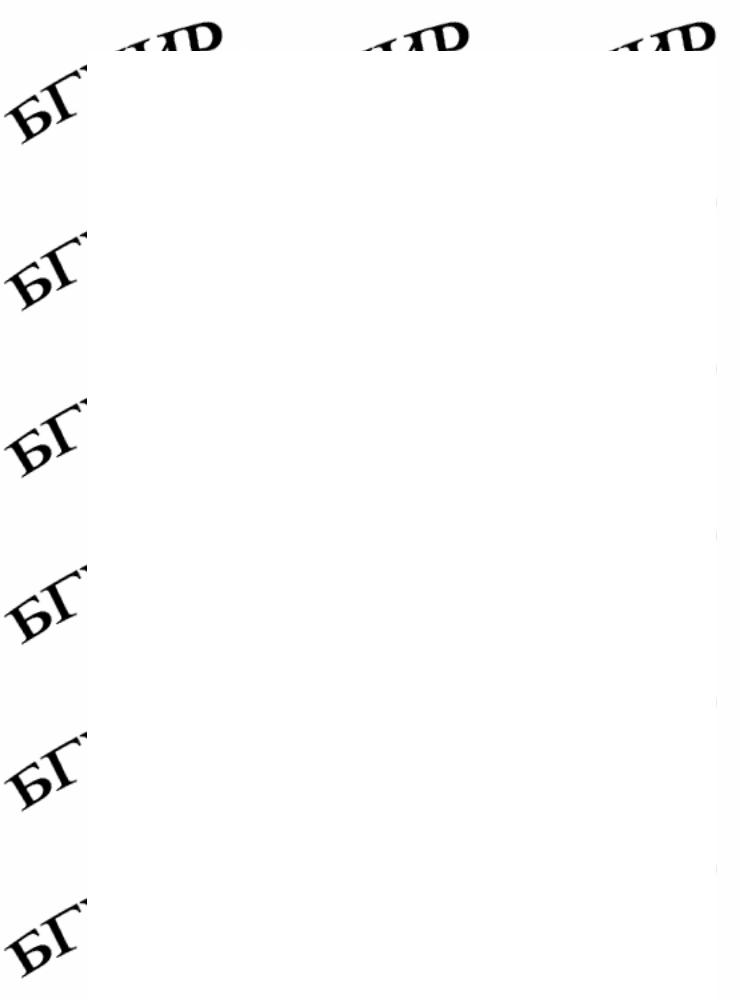
building, or it can be spread out over a wide area.
A major obstacle72 to designing an effective distributed-processing system is the difficulty involved in writing the system's software, which must enable the various elements of the network to operate and interact efficiently.
The method of processing data as well as available peripheral devices define computer generations.73 We are now operating third and fourth generation computers and looking ahead to the fifth. An advantage of the fifth generation will be the ability of people without knowledge of programming to use computer terminals. Remote74 processing will be common too.
Проверьте, как вы запомнили слова.
4.1. Переведите следующие слова, исходя из значений, приведенных в скобках:
1. countless а (бесчисленный), count v; 2. originally adv (первоначально), origin n; 3. distribute v (распределять), distribution n; 4. view n (обзор), view v; 5. accomplishment n (выполнение), accomplish v; 6. recording n (запись), record v; 7. sequent а (последующий), sequence n; 8. storage n (хранение), store v; 9. average а (средний), average v; 10. entirely adv (полностью), entire a; 11. issue n (номер, выпуск), issue v; 12. interpretation n (трактовка), interpret v; 13. flexible а (гибкий), flexibility n; 14. implement v (выполнять), implementation n; 15. distinguish v (отличать), distinguishable a; 16. facilities n (средства выполнения работы), facilitate v; 17. fail v (отказать), failure n; 18. currently adv (в настоящее время), current a; 19. error n (ошибка), erroneous в
4.2. Определите значения английских слов, исходя из контекста:
1. компьютеры — complicated машины; 2. человек всегда attempts познать environment; 3. обрабатывать большие amounts of информации; 4. компьютер previously использовался для counting; 5..компьютеры monitor производственными процессами; 6. в наши дни объем памяти компьютера is spectacular; 7. transactions научного общества будут опубликованы; 8. regardless of размера и назначения компьютер состоит из; 9. информация is fed или выводится через input-output ports; 10. to issue команды в каждую систему; 11. старая технология была labelled SSI; 12. to implement довольно простые функции; 13. to fail выполнить задачу из-за нехватки; 14. операция consumes много времени
4.3. Переведите следующие слова. Обратите внимание на значения префиксов extra- — вне, не-; trans- — за-, через-, транс-, по ту сторону; со- —вместе; fore- —перед, заранее; рге- — до, пред; post- — после.
extra-: extraordinary a, extrasensory a, extraterrestrial с trans-: transaction n, transatlantic a, transform v
со-: coexist v, coauthor n, cooperate v
fore-: foresee v, foretell v, foregoing a, forerun v, foremost с pre-: preheat v, predetermine v, prehistoric a
post-: postwar a, postdate v, post-graduate n
Обсудите содержание текста.
4.4.Просмотрите текст еще раз (I часть). Ответьте на вопросы, используя информацию текста:
1. What is the origin of the word computer? 2. What were the first computers intended for? 3. What kind of a machine is the computer? 4. Why has man made extensive use of the computer? 5. What are the similarities of the computer with human brain? 6. What does the computer do in science, in commerce, in industry and in government? 7. Why do we widely use the computer in spite of its high cost? 8. What can you say about the speed and the capacity of computer's memory? 9. What do you know about the architecture of the computer? 10. What's the function of the input-output ports? punch cards? magnetic tapes? terminals? the central processing unit? 11. What can you say about the 1960's advances in microelectronics? 12. What is a microprocessor? 13. What technology is called MSI, LSI, VLSI, VHSIC?
4.5.Обобщите информацию, данную в тексте (I часть).
4.6. Просмотрите вторую часть (П) Основного текста. Сообщите, что вы узнали о: 1. high-level languages; 2. assembler languages; 3. man-machine interaction; 4. personal
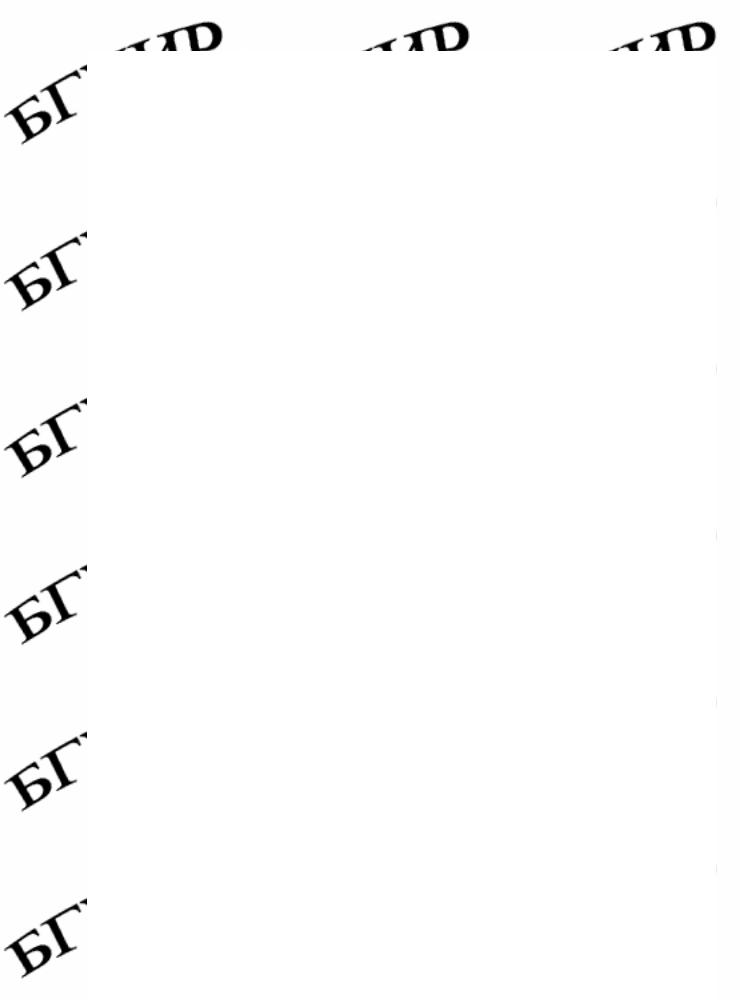
computers; 5. different communication modalities; 6. active information systems; 7. data reliability, 8. microprocessor and its abilities
4.7.Сделайте аннотацию второй части (П) Основного текста на английском языке. Проверьте, умеете ли вы переводить указанные средства выражения обстоятельств.
4.8.Переведите речевые отрезки, в которых обстоятельство выражено:
1. инфинитивом:
а) 1. То manufacture silicon microcircuits well-defined specifications should be observed; 2. To improve the resistance and delay times the designer pays attention to
б) 1. In order to diffuse the semiconductor crystal we add; 2. In order to obtain pure silicon it is necessary
в) 1. so as to make the diode conduct; 2. so as to substitute dopant atoms for semiconductor atoms
2. причастием I:
а) 1. When depositing the material care should be taken; 2. When inserting an atom into the silicon lattice we create
б) 1. While processing the data the computer makes; 2. While comparing the circumstances they noticed that
в) 1. Processing a wafer of silicon we used; 2. Having processed a wafer of silicon we used; 3. Transferring an electron to the impurity atom an adjacent atom fills the hole; 4. Having transferred an electron the adjacent atom creates a new hole
r) 1. Being protected by surface layer of silicon dioxide the adjacent areas can block; 2. Being exposed to diffusion the microscopic regions can be defined
3. причастием П:
а) 1. When cooled the metal provides; 2. When etched the silicon dioxide demands
б) 1. If doped with phosphorus or other pentivalent element silicon is called; 2. If coated with a photosensitive organic compound the surface of the silicon dioxide can change
в) 1. Although accepted for different purposes the computers have the same; 2. Although used for etching an acid can be applied to
r) 1. Viewed from space the Earth seems; 2. Based on reactive gas plasma technology the semiconductor industry can
д) 1. As previously pointed there exist two lines of development; 2. As already stated, oxygen concentration influences many silicon wafer properties.
4. герундием:
а) 1. In obtaining the possibility of change the designer can face; 2. On obtaining the possibility of change the designer could attack
б) 1. With forming high frequency transistors and integrated circuits the engineers could; 2. Without forming high frequency transistors and integrated circuits the engineers could not; 3. By doping the semiconductor we can
в) 1. In spite of being charged the particles can be used to; 2. In addition to creating insulating areas oxidation offers a practical method for growing silicon oxides at low temperatures.
5. словом as и его сочетаниями:
1. as a result of advances; 2. as an example of innovation; 3. as a consequence of the deposition of thin films; 4. as a matter of fact a semiconductor is intermediate between insulators and conductors; 5. as far as the interior of the crystal is concerned; 6. as far as they use poor conductors; 7. as long as oxidation has been a keystone process of silicon device technology they; 8. as soon as plasma etching was used they, 9. as much as possible; 10. as thin as possible; 11. such as; 12. as follows; 13. as distinguished from the tube
Учитесь читать.
Текст 4.1. Прочитайте текст. Скажите, что вы узнали о: speed of the computer, hardware, video display, key board, the major piece of hardware. Прочитайте текст еще раз.
Озаглавьте его.
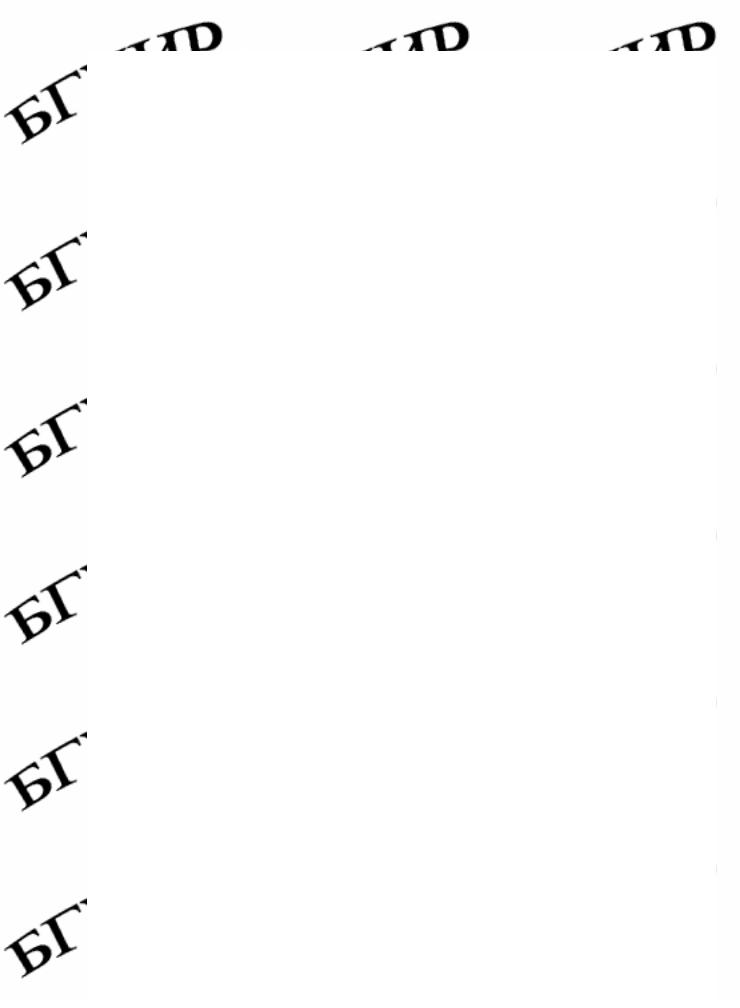
A computer is nothing more than a collection of circuits that do a few simple tasks, one at a time. The key is the speed at which these circuits operate and signals that control the flow of electricity through the circuits.
So, how about a tour in the computer jungle? We start with a look at the hardware itself. The part that looks like a small television set is called a video display or CRT for cathode ray tube or simply the tube. It actually is a lot likе a television set in that it may display several colors or just one.
Next is the keyboard which allows the user to communicate with the computer. It is important that the keys be comfortable.
The last major piece of hardware is the processor and disc storage unit or units. This may be one box or several different boxes.
Текст 4.2. Прочитайте текст. Назовите предмет описания. С чем его сравнивают? Какие операции он может выполнять?
The Heart of the Computer
The processor is the "brains" of the computer, the location of those fantastically small circuits. Think of it as an overworked adding machine that also can make simple logic decisions.
It can decide that two numbers are equal or not equal, that a certain condition does or does not exist in the circuitry. It can decide that things are true or false based on rules the programmer supplies to make that decision. This, combined with the ability to add and subtract at lightning-fast speeds and store the results of these processes, allows the programmer to give step-by-step instructions to be carried out on command.
Текст 4.З. Переведите текст устно без словаря. Время перевода не должно превышать 5 минут. Значения выделенных слов вы сможете понять из контекста. Озаглавьте текст.
Although the idea of an automatic computing engine occurred first to Charles Babbage in 1832, it was more than a century later, in 1945, that John von Neumann set out the principles that were to fix the pattern of computer design for the next twenty years. We are now operating third and fourth generation computers, and looking ahead to the fifth, but these are generations marked by evolutionary changes in component technology rather than by revolutionary new concepts. Most of today's computers follow the von Neumann model, and probably many of tomorrow's will do so also. In particular, they have a rather rigidly organized store, holding both instructions and data; and, although some overlap of operations occurs, in general they tiptoe through their programs in ministeps. There can be no doubt that computers of this kind are powerful, versatile tools; but it would be surprising indeed if one type of machine were to prove equally suitable for all types of problems; and it may be that some problems of practical interest to us are too difficult, or too expensive, to solve on von Neumann machines.
Текст 4.4. Переведите текст письменно со словарем. Время перевода не должно превышать 15 минут.
Personal Computer
The first personal computer (PC) was put on the market in 1975.
Today the personal computer can serve as a work station for the individual. Moreover, just as it has become financially feasible to provide a computer for the individual worker, so also technical developments have made the interface between man and machine increasingly "friendly", so that a wide array of computer functions are now accessible to people with no technical background.
A personal computer is a small computer based on a microprocessor; it is a microcomputer. Not all microcomputers, however, are personal computers. A microcomputer can be dedicated to a single task such as controlling a machine tool or metering the injection of fuel into an automobile engine; it can be a word processor, a video game or a "pocket computer" that is not quite a computer. A personal computer is something different: a standalone computer that puts a wide array of capabilities at the disposal of an individual.
The first generation of true personal computers, which came on the market between 1977
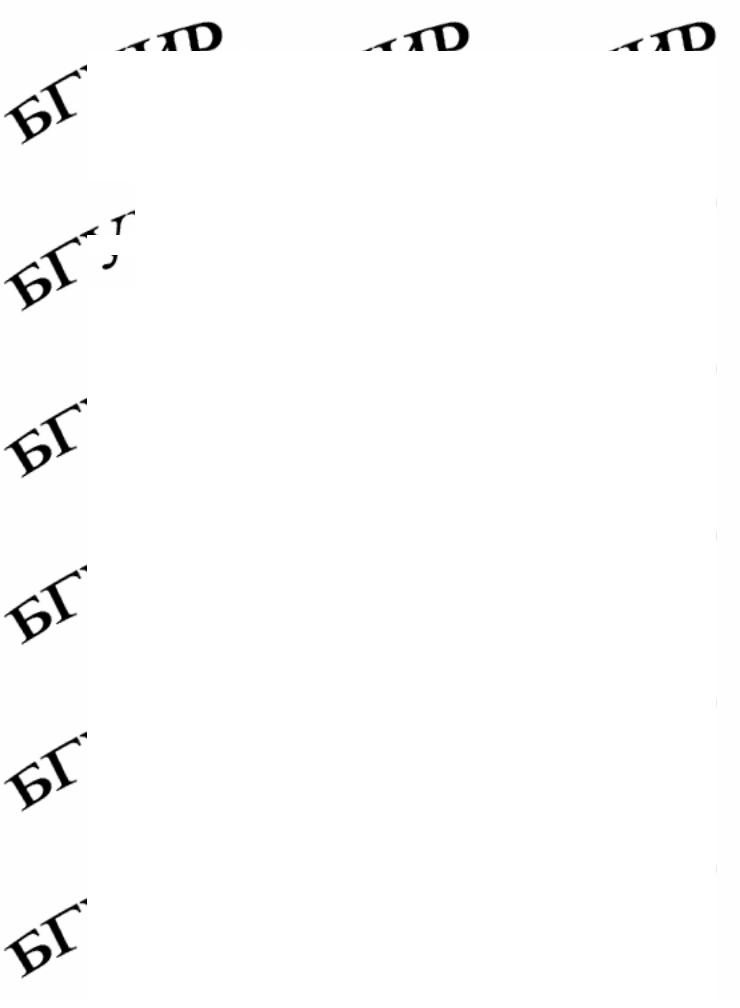
and 1981, had eight-bit microprocessors; the most recently introduced systems have 16-bit ones. Now 32-bit microprocessor chips are available, and soon they will be included in complete computer systems. As for clock frequency, the trend has been from one megahertz (one million cycles per second) a few years ago to 10 megahertz or more today.
МАТЕРИАЛЫ ДЛЯ САМОСТОЯТЕЛЬНОЙ ВНЕАУДИТОРНОЙ РАБОТЫ (ПОСЛЕ ПЕРВОГО ЗАНЯТИЯ)
Изучите следующие гнезда слов и словосочетаний.
1.count v 1. считать, подсчитывать; 2. полагаться на count n 1. подсчет; 2. единица подсчета
countable а исчисляемый counter n счетчик
2.initially adv в начальной стадии, в исходном положении initial а начальный, первоначальный
initiate v 1. положить начало; 2. возникнуть 3. originally adv сначала, первоначально
original a 1. первоначальный, исходный; 2. подлинный originate v 1. давать начало, порождать; 2. брать начало
4.complicated а сложный; запутанный complicate v усложнять
5.record v 1. записывать; 2. регистрировать recording n запись
file recording запись файла master recording главная запись
recorder n записывающее устройство
6.distribute v 1. распределять; 2. распространять distribution n распределение
defect-density distribution распределение плотности дефектов distributor n распределительное устройство
7.view n 1. точка зрения; 2. вид; взгляд
view v 1. рассматривать; 2. учитывать view point точка зрения
object in view поставленная цель
8.contemporary с 1. современный; 2. одновременный contemporary n современник
9.indeed adv на самом деле, действительно
10.environment n окружение, среда
environmental testing испытание в условиях, моделирующих эксплуатационные
11.despite prp несмотря на in spite of несмотря на
12.accomplishment n 1. выполнение; 2. завершение, достижение accomplish v 1. выполнять; 2. завершать, достигать; 3. совершенствовать
13.call for v 1. требовать; 2. предусматривать call attention to обращать внимание
14.amount n 1. величина; количество; 2. сумма, итог amount v 1. составлять; 2. доходить до; сводиться к
15.sequential a 1. являющийся продолжением; 2. последовательный sequence n 1. последовательность; 2. следствие, результат; 3. следование, ряд sequence of events ход событий
in sequence один за другим
sequencer n 1. установка для программируемой вклейки компонента в ленту; 2.
устройство задания последовательности sequencing n задание последовательности
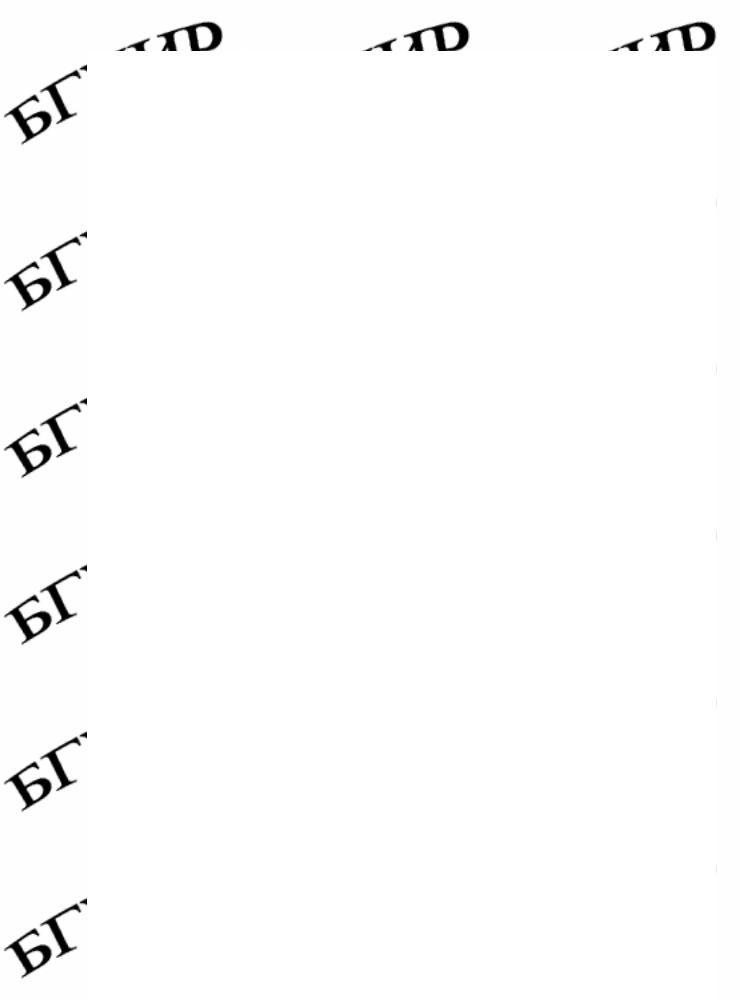
16. commerce и торговля
commercial a 1. торговый; 2. серийный
17.transactions n pl 1. труды (научного общества); 2. ведение деловых операций
18.monitor v следить, контролировать
19.average в 1. средний; 2. промежуточный
average v 1. составлять в среднем; 2. усреднять average и средняя величина
20.main-memory n главная память main a главный, основной
mainly adv главным образом; большей частью mainframe n основной компьютер
21.spectacular a эффектный, захватывающий
22.storage n 1. хранение; 2. запоминающее устройство (ЗУ), память store v хранить, накапливать; запоминать
23.regardless of prp не считаясь; независимо от; несмотря на
regard v 1. смотреть на что-л.; считать; 2. рассматривать; 3. касаться; 4. относиться
in regard to относительно; что касается as regards относительно
24.port n: input port вход output port выход
25.whereby adv посредством чего-л.; тем самым
26.feed v 1. питать; 2. подавать, снабжать
feed n 1. питание; 2. снабжение feedback n обратная связь feeder n подающий механизм
27.punch card перфорированная карта punch v компостировать, пробивать card n 1. карта; 2. плата, печатная плата
double-sided card двусторонняя печатная плата
28.retrieve v 1. восстанавливать; 2. исправлять; 3. отыскивать информацию retrieval n 1. восстановление; 2. поиск
29.entire a 1. целый, полный; 2. весь
entirely adv полностью; совсем, совершенно
30.issue у 1. происходить, получаться из; 2. вытекать; 3. выпускаться, издаваться issue n 1. вопрос; 2. выпуск; 3. результат, исход
31.read v 1. читать, считывать; 2. снимать показатели
readings n показатели прибора
to read while writing считывать одновременно с записью card read считывание с перфокарт
readback n считывание только что записанной информации
32.interpret v 1. преобразовывать; 2. объяснять, толковать
33.mount v 1. монтировать; 2. собирать
mounting n 1. установка; 2. монтаж, сборка; 3. опора chip mounting монтаж кристаллов (на платах)
34.flip-flop n 1. триггер; 2. бистабильный мультипликатор clocked flip-flop тактируемый триггер
gated flip-flop стробированный триггер
35.printed card перфокарта; печатная схема
printed circuit печатная схема
print n трафаретная печать; сеткография contact print контактная фотолитография
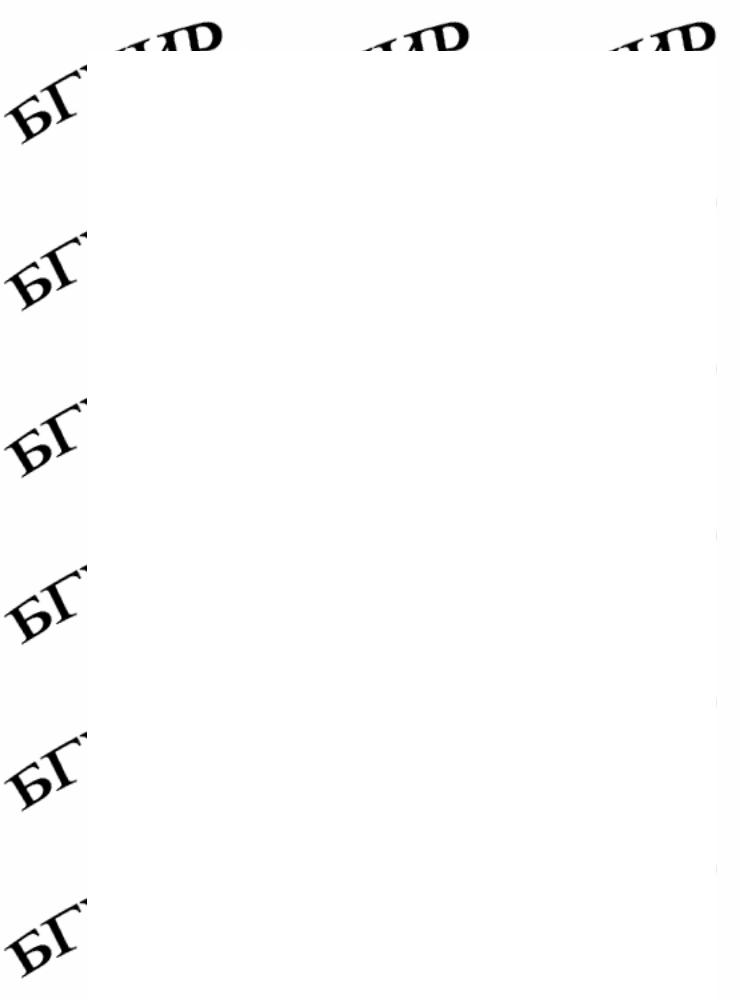
screen print трафаретная печать printer n принтер
printing n литография
36.label у обозначать, маркировать labelling n маркирование
37.flexible a гибкий, подвижный flexibility n гибкость
38.execute у выполнять, исполнять execution n выполнение
39.implement v осуществлять, выполнять implementation и осуществление, выполнение
40.incorporate v 1. включать; 2. объединять incorporation n объединение, корпорация
41.distinguish v 1. различать; 2. отличать, выделять distinguished а выдающийся, известный
as distinguished from в отличие от
42.linkv соединять link n связь; звено
43.facilities n pl 1. устройства; 2. возможность; условия facilitate v облегчать
custom facilities аппаратура для разработки заказныхИС clean/white-room facilities обовудование для чистой комнаты design facilities аппаратура для проектирования
fabrication facilities технологическое оборудование
44.hinder v 1. мешать, препятствовать; 2. задерживать hindrance n помеха, препятствие
45.fail v 1. отказать действовать; 2. не удаваться; 3. быть не в состоянии without fail непременно, обязательно
fail-proof с безотказный
fail-safe а надежный при отказе отдельных элементов failsoft а ограниченно надежный
failure n 1. повреждение, отказ, неисправность; 2. неспособность, невозможность
degradation failure постепенный отказ infant failure ранний отказ
oxide failure дефект оксидного слоя
46.consume v потреблять, поглощать consumption n потребление, расход
47.restrict v ограничивать
restriction n ограничение
48.artificial а искусственный
49.error n ошибка; погрешность
trial and error method метод проб и ошибок erroneous а ошибочный
50.message n 1. сообщение; 2. информация
51.trend n 1. общее направление, тенденция; 2. ход, течение trend v 1. иметь тенденцию; 2. отклоняться
52.cheek v 1. проверять, сверять; 2. задерживать; 3. соответствовать; 4. совпадать check n проверка, контроль
checker n прибор для проверки
crystal checker прибор для проверки кристаллов check-out n проверка, отладка
53.residual а остаточный
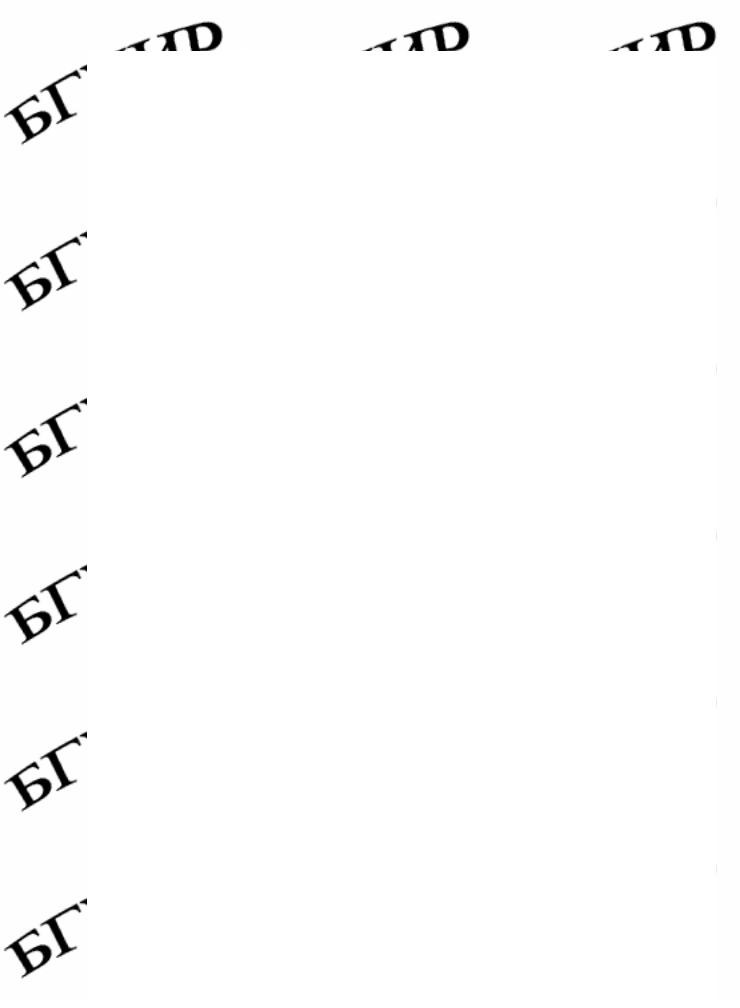
residual n 1. остаток; 2. разность residue n 1. остаток; 2. осадок
54. destined а предназначенный destine v 1. предназначать; 2. назначать
55. currently adv в настоящее время
current а современный, текущий; имеющийся current n поток, ток
56.superficially adv поверхностно, на первый взгляд superficial а поверхностный, неглубокий
57.outmoded а устаревший
58.intend у 1. намереваться; иметь в виду;-2. предназначать intended а предполагаемый; предназначенный
59.screen n 1. трафарет; 2. экран; 3. сетка; 4. отбраковка screen у 1. защищать; маскировать; 2. проверять screener n установка трафаретной печати
60.image n 1. изображение; 2. отражение; 3. подобие image v формировать рисунок
to image a pattern onto a wafer переносить рисунок на полупроводниковую пластину imagery n изображение, рисунок
61.background n 1. фон; 2. основа; 3. подготовка; 4. предпосылка, история вопроса historical background история вопроса
background of experience накопленный опыт
62.behaviour n 1. поведение; 2. режим; 3. характеристика
behave v вести себя
transient behaviour переходный режим
63.apparent a 1. очевидный, явный; 2. наблюдаемый apparently adv очевидно
64.merge v 1. сливаться, соединяться; 2. поглощать
65.backup n 1. поддержка; 2. резервирование
66.tradeoff n 1. согласование; 2. компромисс; 3. сравнительная оценка; альтернатива
trade off v 1. согласовывать; 2. сопоставлять trade-off studies сравнительные исследования
67.skill n умение, опыт
skilled а квалифицированный, опытный skilful а искусный, опытный
68.constitute v 1. составлять; 2. основывать
69.versatility n разносторонность, многогранность versatile а многосторонний, гибкий; универсальный
70.convenience n удобство
convenient а удобный, подходящий
71.workload n: load n 1. нагрузка; 2. груз load v загружать
loaded a 1. нагруженный; 2. смонтированный
72.obstacle n препятствие, помеха
73 generation n 1. поколение; 2. порождение; 3. создание, образование generate v 1. порождать; 2. производить, генерировать
generator n 1. генератор; 2. датчик, измерительный преобразователь
74. remote a 1. отдаленный; 2. действующий на расстоянии, дистанционный
Проверьте, как вы запомнили слова.
(1 —10) to count the layers, to count dice, countable benefits; an initial mode; originally the computer is gigantic; complicated arrangements; to record large amount of information; to
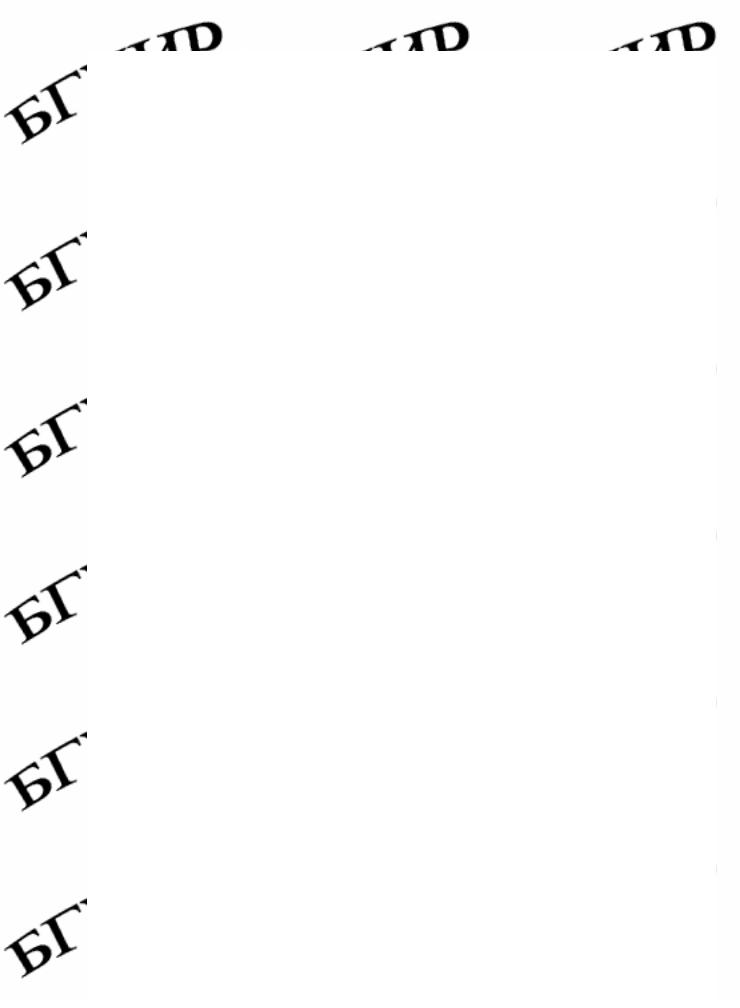
distribute functions, the distribution of wafers; to view achievements; to view the resources; the point of view of an engineer; to protect environment; the environments of the spacecraft
(11 - 20) despite the circumstances; to accomplish the task; to call for amplification; an amount of acid; the sequential positions of slices, the sequence of operations; the sequence of events; to use computers in commerce; to expose transactions; to monitor production processes; an average amount of alloy, to increase memory-size
(21 — 30) the memory capacity is spectacular; to store information; regardless of the advances; to feed information through the input-output ports; the instructions are retrieved on command; to fill an entire space; to depend entirely on gap; to issue commands
(31 — 40) to read information from the memory; to affect the instrument readings; to interpret the commands; to mount substrates; to mount IC on a single printed card; to need a flexible processing system; the flexible processing system; the flexibility of the procedure; to execute computing operations; to execute a task; to implement sputtering, to implement a substitution; to incorporate many components
(41 — 50) to distinguish objects at a distance; to distinguish tools; to link the tops; the link between two species; the sequence of facilities; to establish new facilities; to hinder the passage; to hinder the availability, to fail to insert; the failure of a processor; the device failed; to improve the tool without fail; to consume much energy, to restrict the consumption; a highly restricted artificial language; the origin of an error; an erroneous response; to receive an error message
(51 — 60) the trend of development; to check the performance of an operation; to denote residual errors; a current event, current efforts to define; superficial knowledge; the mode of handling in formation; to intend to complete, an intended perfection; the image of a mask
(61 — 70) the background of the screen; the background of an engineer; the background of the technique; the behaviour of electrons; an apparent shift; an apparent mark; roads merge; to trade off the responses; prediction tradeoff; the versatility of microprocessors; a convenient pattern; the convenience of processing
(71 — 74) an obstacle to designing; the fifth generation of the computers
Задания к Основному тексту.
4.9. Запишите кратко содержание первой части (I) Основного текста с помощью предикативных групп, например:
1. ... comes from a Latin word; 2. ... was designed as a tool; 3.... are considered to be a complicated machine, etc.
4.10. Найдите в тексте английские эквиваленты следующих речевых отрезков:
1.средство для сбора, записи, анализа и распределения огромной массы информации; 2. попытки понять процессы мышления; 3. интенсивное применение компьютера для моделирования; 4. решение сложных математических задач; 5. хотя компьютеры применяются для различных целей; 6. независимо от размера и назначения системы компьютера состоят; 7. управлять операциями всей системы, подавая команды; 8. развитие микроэлектронных компонентов привело к появлению микрокомпьютера; 9. удовлетворить необходимость в малых, но относительно гибких процессорных системах;
10.определить различие между двумя микропроцессорными схемами; 11. препятствовать широкому распространению таких систем; 12. часто не могут понять пользователя
4.11.Устно переведите вторую часть (П) Основного текста.
4.12.Письменно в виде аннотации изложите по-русски содержание второй части (П) Основного текста.
4.13.Задайте вопросы собеседнику по содержанию Основного текста. Типы
вопросов:
1.What is the (computer) like? 2. What is the (computer) used for? 3. What does the (computer) do in (commerce)? 4. What do you know about the (central processing unit)?
4.14.Дайте определения следующих терминов:
1.input-output ports; 2. memory capacity, 3. average speed of main memory; 4. primary
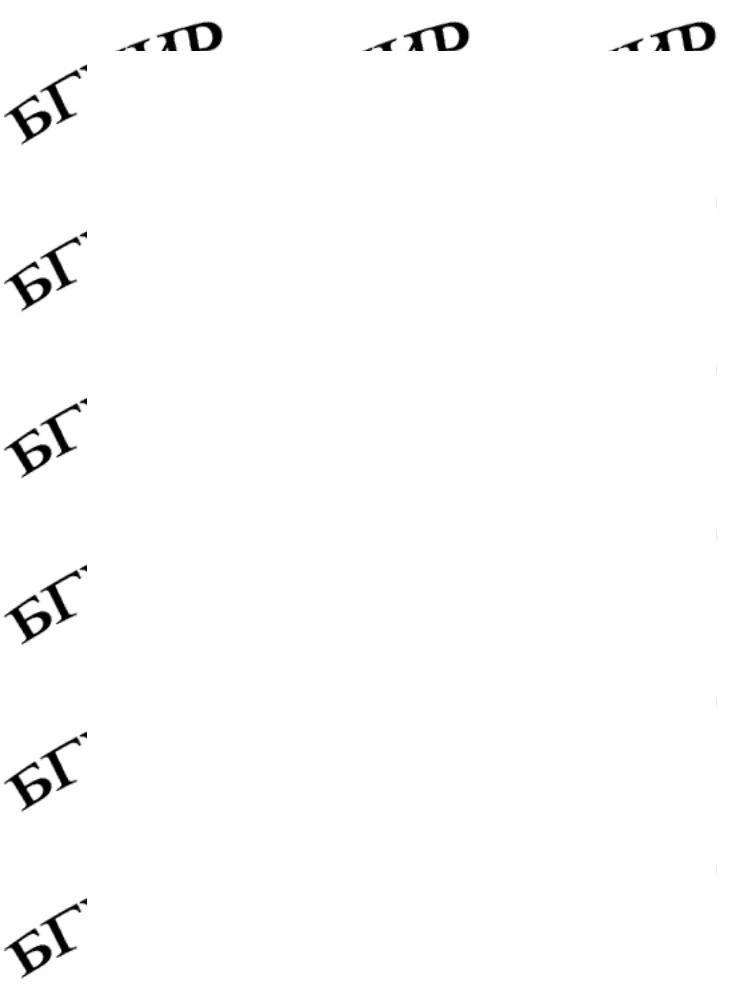
and secondary storage; 5. punch cards; 6. small-scale integration; 7. interpretation of instructions
Проверьте, сможете ли вы перевести.
4.15. Переведите, обращая внимание на форму выражения обстоятельств:
1. The design effort necessary for assembling several dice within the same package was more easily and earlier achieved than the integration of several discrete components onto a single die. 2. Being quite different from vacuum tubes and transistors, masers operate entirely on quantum principles. 4. Using the same mask-making programs and machines as for silicon, we use photolithography to define the topology of resistors, capacitors and interconnections. 5. In order to shorten the time required to perform instructions, it is desirable to perform as many operations as possible in parallel. 6. To be more economically competitive, more and more systems will incorporate micros. 7. By fabricating dozens of transistors together on a single small silicon chip, using the same fabrication techniques used for single isolated transistors, a whole flip-flop could be integrated. 8. Viewed from the outer space the most striking feature of the Earth is the large expanse of water.
Учитесь читать и переводить.
Текст 4.5. Прочитайте текст и составьте аннотацию на английском языке.
Computer Trends
Now that we are well into the Eighties, we can ask what new computer developments we should expect for the remainder of this century and on into the next. Are there new breakthroughs or turning points forecastable or will the decade see only continued, rapid evolutionary developments?
Microchip hardware components, computers memory and software have been moving into the future along multiple trend paths. Some of these trends are taking new directions, while others are merging.
Computer technology will soon advance into mixed-technology, silicon microchips that combine digital and analogue circuitry. Contained within the same component chips could be: digital logic, memory, communications circuits, signal processing, sensor circuits, interface logic, data converters, display elements, voice synthesis, voice recognition and much more. In this fashion, a new set of basic components will exist to smarten up (улучшить действие) most computers and communication subsystems in the future — thus marrying the computer with communications and forcing more changes, more uses and more distribution.
Multichips will continue to become more dense, moving from Very Large-Scale Integration (VLSI) circuit components to Very High-Speed Integrated Circuits (VHSIC) to Ultra Large-Scale Integration (ULSI) to wafer-multichip systems components. As circuit integration level increases, computers of larger and larger capability will be integrated as single microchip components — thus providing "component-computers".
Next, multiple computers will be placed into single microchip components and later on wafers as "component computer systems". Step function increases in microchip circuit density also lead to step-function increases in computer capability. This trend allows future microcomputers and chip component computers to reach miniand maxicomputer capabilities, thus causing their possible future takeover of (одержать победу над) or merger with larger computers, especially, as computers move beyond super micros using VHSIC and ULSI hardware.
The higjaer the integration level, the more opportunities — and the longer it takes to use up opportunities once a manufacturer or a nation chooses a technology level, e.g. VLSI, or VHSIC at 30.000 circuits or at 300.000 circuits as a standard.
Текст 4.6. Переведите текст письменно со словарем. Время перевода —10 минут.
Languages
The proliferation of languages that has been going on for some time will continue indefinitely. Most of the new languages will be aimed at making it easier to perform specialized kinds of processing. The trend will be away from Procedure Oriented Languages toward languages that will allow the user to specify what task the system is to perform, rather than how
